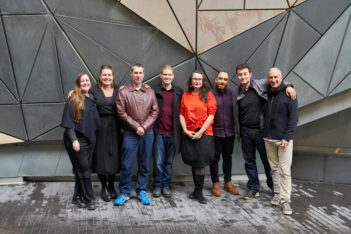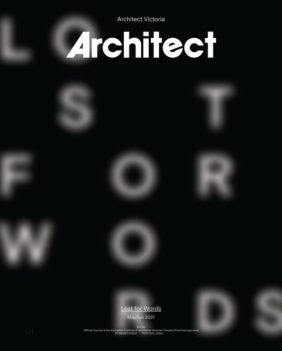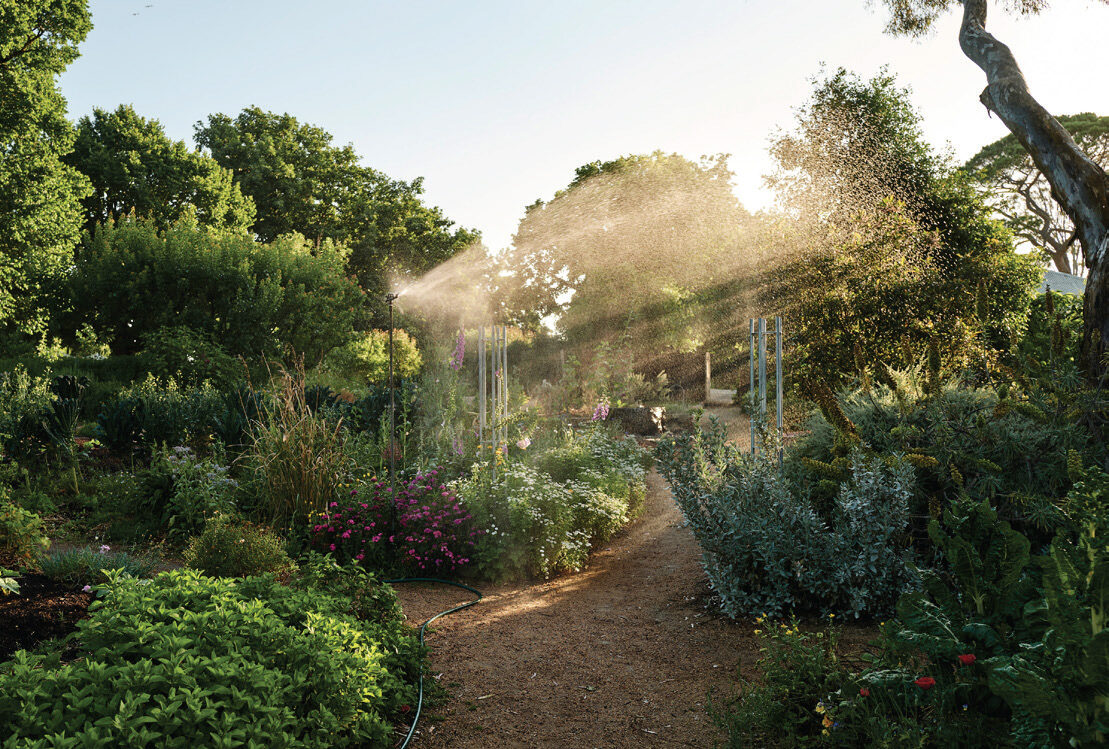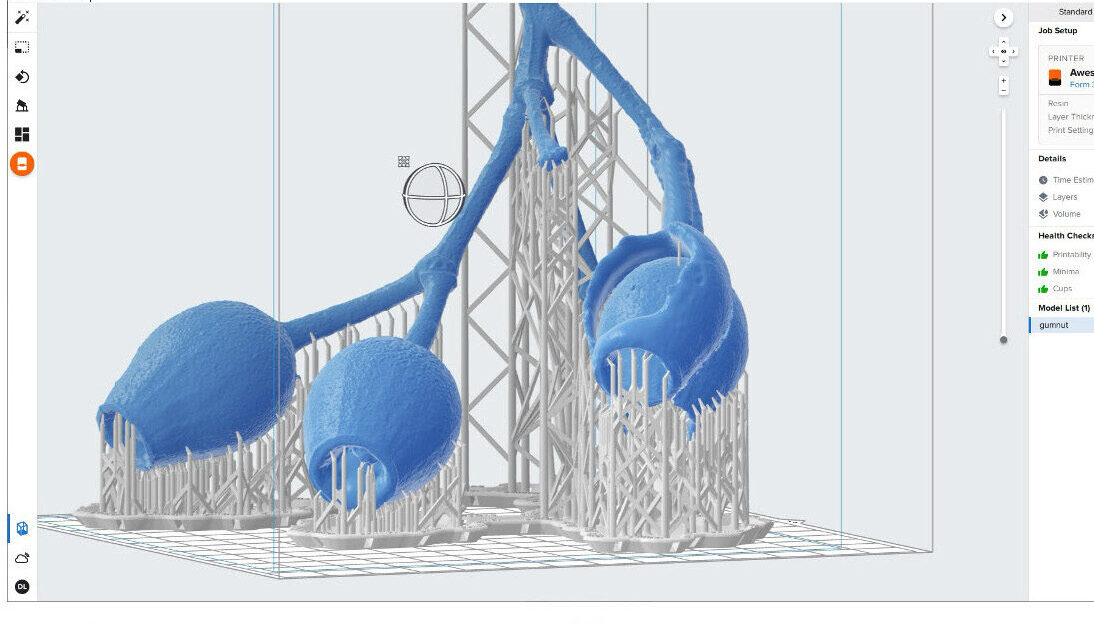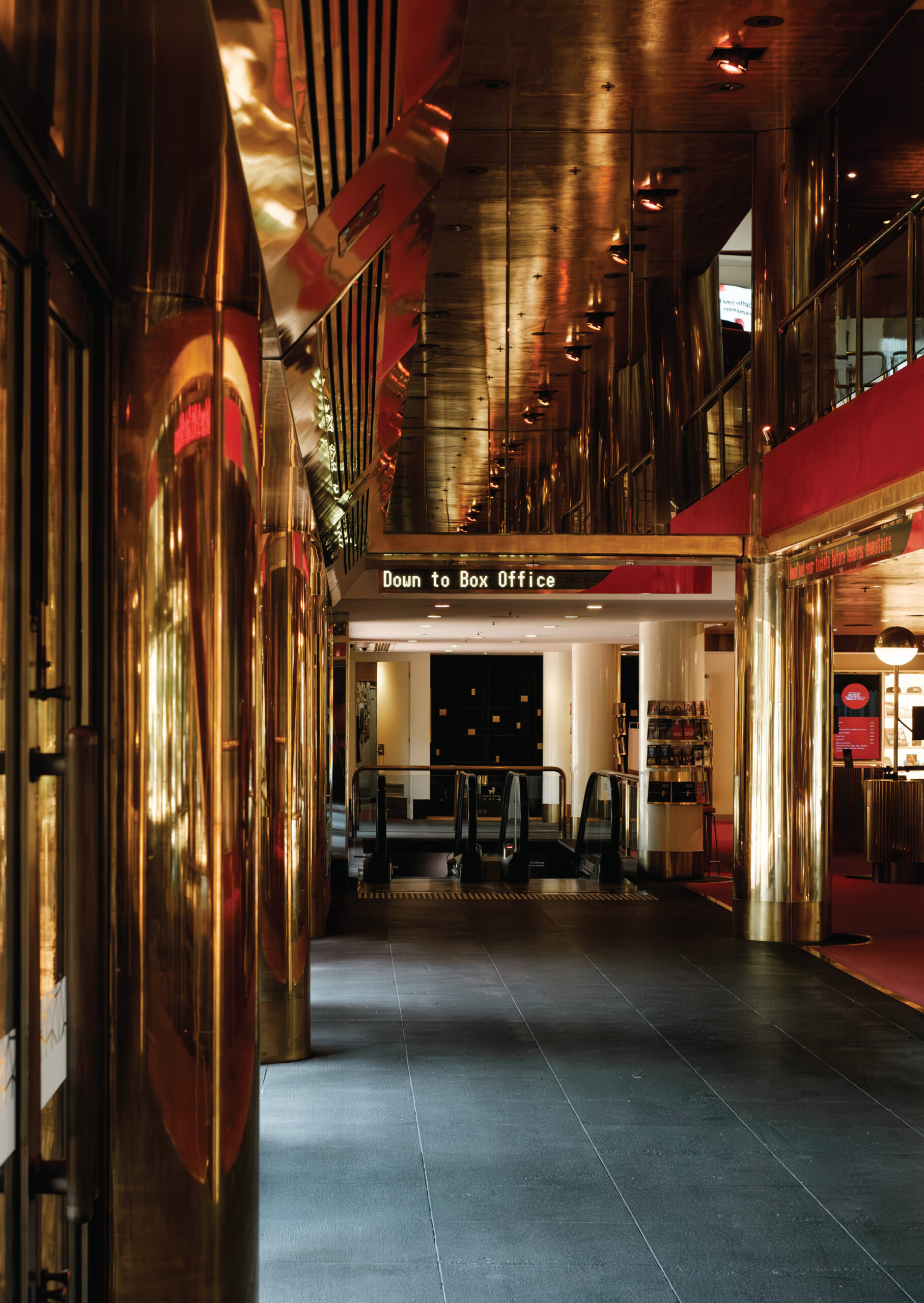Communication and disruption
The architecture profession has a growing challenge with how we communicate our knowledge. This challenge is a broad one that spans universities to practice, public outreach and advocacy. While our ideas and knowledge are as vital as ever, our ability to effectively communicate them is changing.
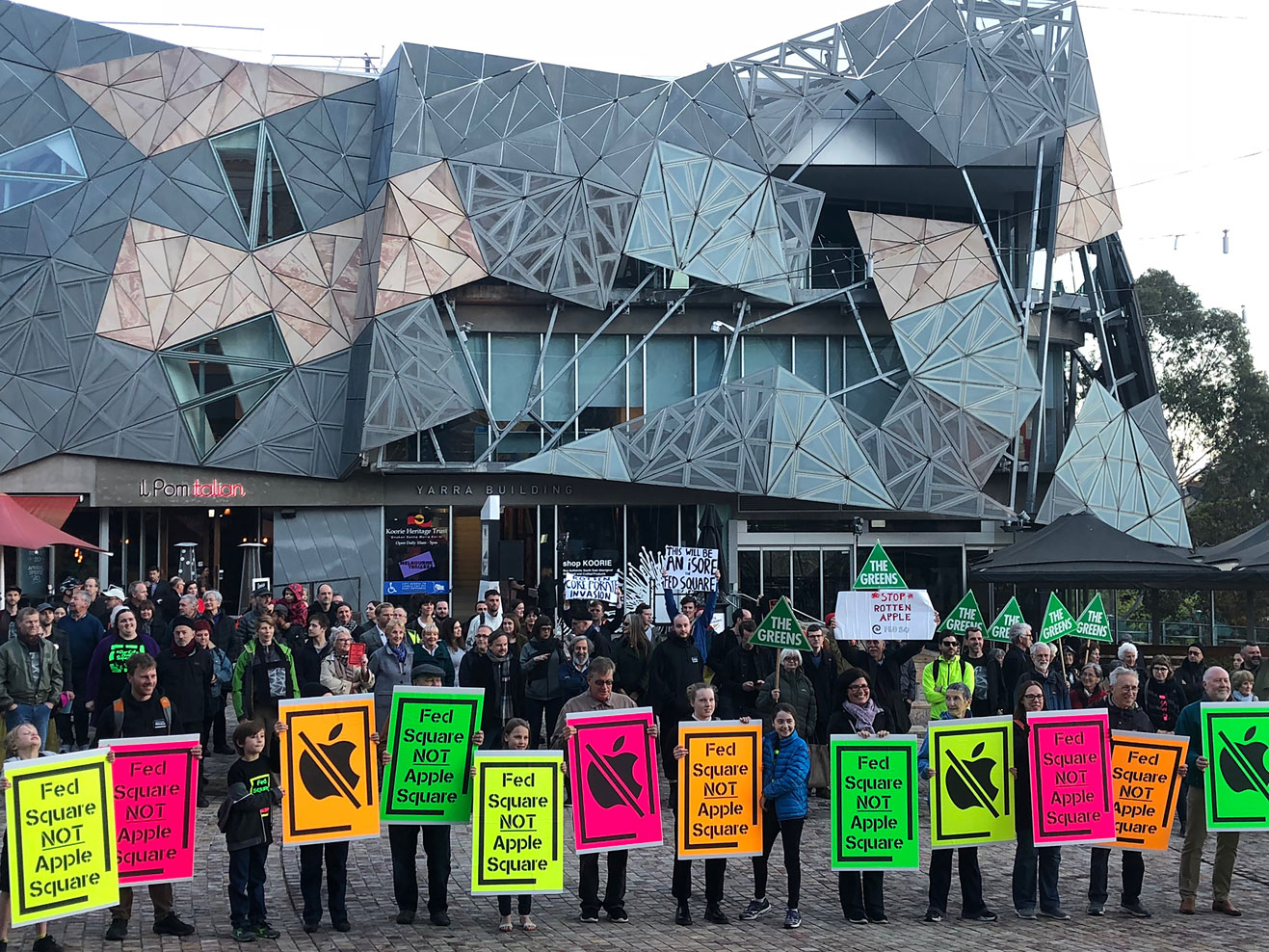
Communication is critical for architecture for many reasons; it progresses our profession, improves our practices and transfuses a richness of thought into our projects. It also enables us to connect with our communities, advocate for our profession and the importance of high-quality built environments.
It is difficult to overstate the rapid change that has occurred and continues to manifest in the architectural media that is disrupting our communication. This unprecedented change is not simply a story of the old world catching up with technology. It is a confluence of factors from global mega-trends through to crises particular to our profession.
Perhaps the single underlying theme that unites the tangle of factors is the notion of survival. Almost all businesses, organisations and industries are operating under the threat in one way or the other of being disrupted. If you combine this disruption with the challenges of a global pandemic and global climate crisis, it is fair to say that business as normal has never felt more precarious. For media organisations, there has been the long-term struggle to survive a transition to digital media combined with the sudden downturn in advertising revenue of between 40 and 70% due to the pandemic.
Among the many broader challenges is how to protect the communication that underpins architecture during this upheaval. In 2016, the now editor of The Age, Gay Alcorn wrote: ‘In the end it is journalism that matters, not whether newspapers survive’.
For architecture today, we need to face up to the question of how to reinforce the thinking and the communication that underpins our profession, regardless of whether architecture magazines survive.
It wont be news that architects have adopted Instagram as their preferred social media. Over the last ten years an entire architectural culture has been developed on this platform. The appeal is obvious, it enables architects to promote their work to a wide audience and it is free to use. This trend is part of a wider movement that has seen architecture practices becoming their own publishers, bypassing editorial assessment, and engaging directly with the public.
This trajectory has seen a massive shift in resources away from publishers. Architectural writers are being employed directly by communications teams within practice and at the same time advertising revenue is moving away from magazines and journals. A recent report from the Australian Competition and Consumer Commission found that Facebook, Google and YouTube accounted for over 80% of all digital advertising spending in Australia, leaving less than 20% for other forms. Consequently, with this shift we have also seen a dramatic rise in architectural events and awards programs. Events have fantastic social appeal with time-poor experts; it is quicker and easier to appear on a panel than it is to write a long-form article.
The practice as publisher model also appears to have had a chilling effect on discourse with the public. The substance of this communication has largely been reshaped into a practice public-relations exercise rather than critical discussion. This has a significant impact on how architecture practices are perceived by the public.
Open House Melbourne has become one of the leading bodies for speaking directly to the public about the value of good design. Although COVID-19 has clearly interrupted normal operations, there is huge potential to expand these efforts with a permanent space for public advocacy.
With the pivot to online platforms, the solution is not in doing the same thing with more resources. For this reason, I consider the Built Environment Channel news screen a beacon of opportunity for our profession. By delivering its medium directly into practices, it is a platform by our profession for our profession, a short-form medium streaming industry news and architectural project images with a commitment to putting funds back into our profession.
Finally, on the matter of advocacy to political decision makers, it seems politicians look at our profession’s position statements as the self-interested view of a small percentage. The weight of our expertise is either not recognised, or it is drowned out by louder voices. The Our City, Our Square campaign that was undertaken by the Citizens For Melbourne Association helped shape the outcome at Federation Square. This included architect-led activities such as letter writing to politicians and newspapers, speaking at council meetings and protesting in a variety of different ways.
An environment without a strong culture of architectural criticism and built environment advocacy, is one that is destined to make mistakes set in concrete. So, where to from here? If we want to be more effective in our built-environment advocacy, we need to bring the community with us. We need to ensure that our objectives and goals are always about the public interest and that we can communicate that interest clearly and concisely. Imagine a world where a community of 100,000 felt empowered to write to politicians, in an informed way, on issues such as design quality, better housing and improving environmental standards. The future success of our profession relies heavily on our ability to communicate, being proactive in adapting to the environment in which we find ourselves by designing and building replacements for the models that no longer work.
Michael Smith RAIA BArch BCM is an architect, writer and co-director of Atelier Red+Black. As a design advocate Michael was involved with the Our City, Our Square campaign and the campaign against the EastWest Link. Michael is also the consulting architect for the Built Environment Channel.
